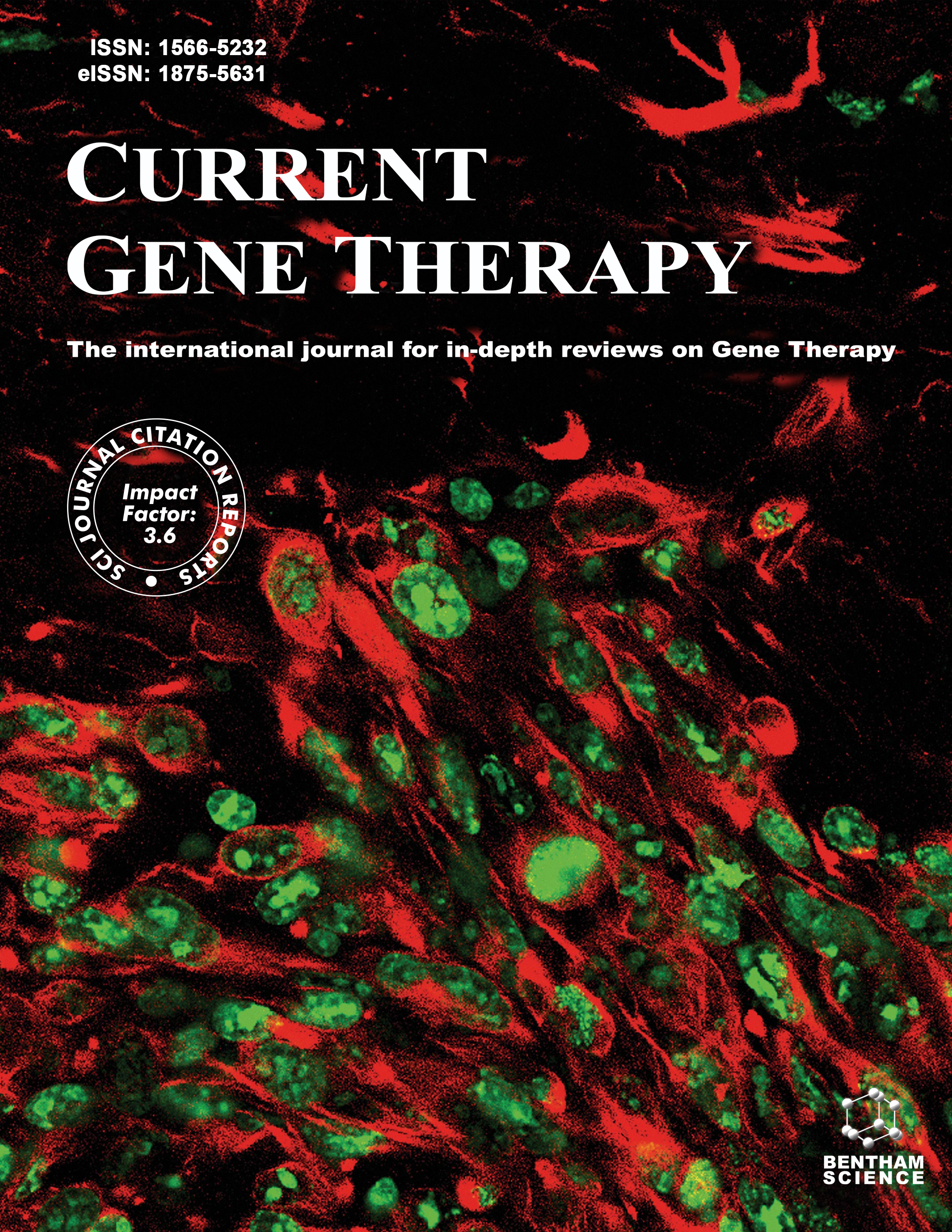
Full text loading...
We use cookies to track usage and preferences.I Understand
Acetylresveratrol (AC-Res), to date, is a powerful stilbene phytoalexin generated organically or as a component of a plant's defensive system, is a significant plant phenolic chemical portion and is investigated as a therapy option for a number of disorders. Owing to its inadequate stabilisation and considerable conformation rigidity, the utility of AC-Res as a medication is limited.
The current review article outlined the structure of AC-Res, their methods of activity, and the latest technological progress in the administration of these molecules. It is conceivable to deduce that AC-Res has a variety of consequences for the cellular functions of infected cells.
The literature survey for the present article was gathered from the authentic data published by various peer-reviewed publishers employing Google Scholar and PubMedprioritizing Scopus and Web of Science indexed journals as the search platform focusing on AC-Res pharmacological actions, particularly in the English language.
Despite its extensive spectrum of biological and therapeutic applications, AC-Res has become a source of increasing concern. Depending on the researchers, AC-Res possesses radioprotective, cardioprotective, neurological, anti-inflammatory, and anti-microbial potential. It also has anti-cancer and antioxidant properties.
To avoid non-specific cytotoxicity, optimization efforts are presently emphasizing the possible usage of AC-Res based on nanocrystals, nanoparticles and dendrimers, and nanocrystals. Finally, while using AC-Res in biology is still a way off, researchers agree that if they continue to explore it, AC-Res and similar parts will be recognized as actual possibilities for a variety of things in the next years.

Article metrics loading...

Full text loading...
References


Data & Media loading...

